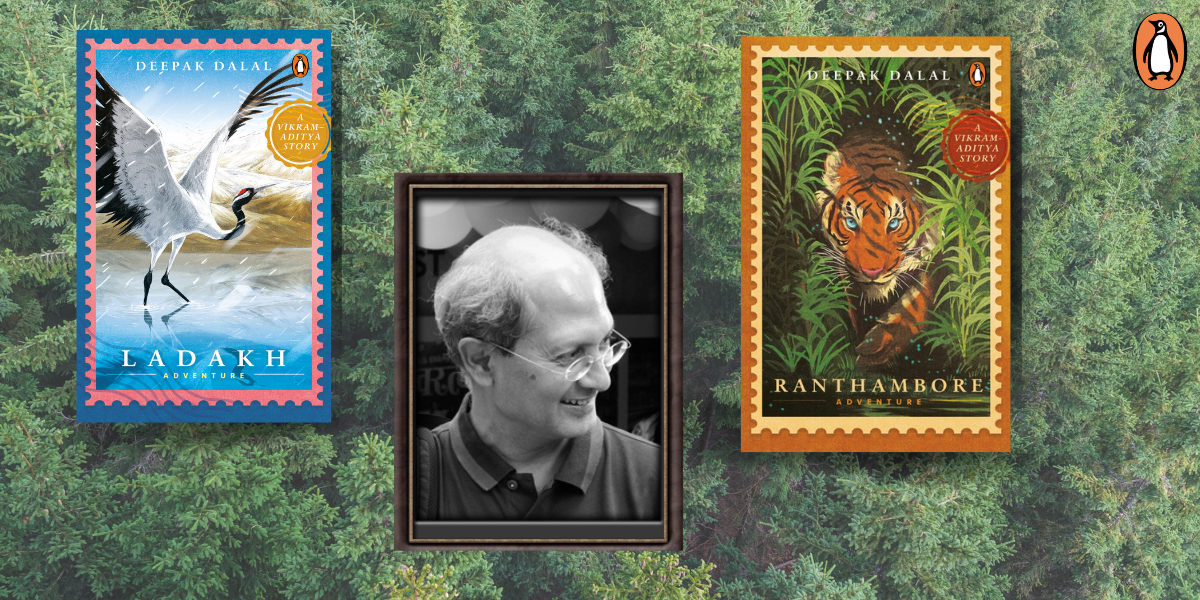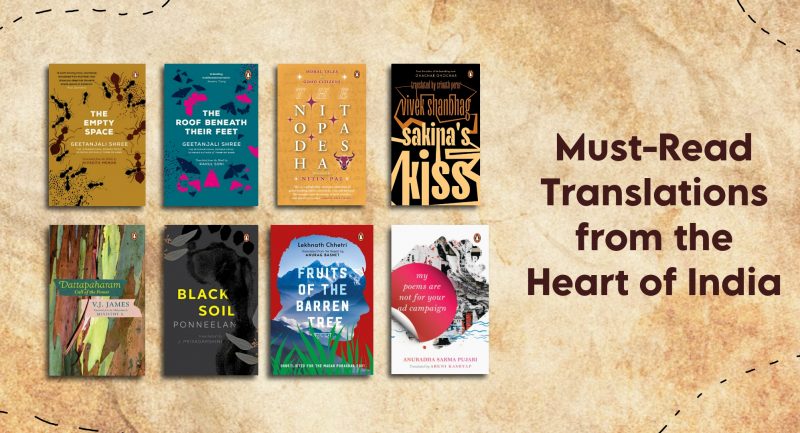
‘When the stars threw down their spears
And water’d heaven with their tears:
Did he smile his work to see?
Did he who made the Lamb make thee?’
In one of the most famous dedications to the animal kingdom, English poet William Blake registers his awe and stunned disbelief at the fact that a meek animal like the lamb was made by the same creative source that made the tiger, a ferocious predator that commands fear and respect, that rules the jungles, determining the fates of all the other animals. Somehow, over the years, we no longer appear to share his wonder at the animal. The tiger in India is once again on the brink of extinction. The usual suspects like destruction of forest cover and poaching are also at play, but a new threat faces the tiger now.
Traditional Chinese medicine uses the bones of tigers for production. The bones are believed to have medicinal properties that can heal a variety of disorders. Previously, materials for these medicines were obtained and sourced from the tiger population of southern China. But the South China tiger is almost extinct now, and the Indian tigers suddenly find themselves under the predatory gaze of these manufacturers. At least one wild tiger is killed every day only for its bones, and this is an estimate at its lower end. The bones of the animal have become the attraction of illegal markets which receive huge sums of money simply for this purpose. This also works as incentive to kill more tigers.

India’s wildlife ecosystem is fragile, and the depleting numbers of tiger is not improving the situation. Being at the top of the food chain, tigers determine and maintain the wildlife and oxygen balance to a great degree. In a forest without tigers, deer and other grass eating animals proliferate without any check. Soon their grazing erodes the land cover because the grass is depleted. When this happens, all animals, regardless of what they eat, will die. This is why tigers are said to belong to an ‘indicator species’. Their number determines the health of a forest.
While the institution Wilderness Conservation India is working tirelessly in this field, a larger change is unlikely to happen anytime soon unless we realise the repercussions of destroying wildlife for our own gains. Even as consumers, we can help stall poaching by steering clear of animal products. The planet wasn’t built to sustain human beings alone, and it definitely will not survive a scenario where all wildlife is either dead or eroded beyond repair.









